Axis Deer
- December 28, 2023
- 0 comment
The Axis Deer, scientifically known as Axis axis, is an elegant and distinctive species that belongs to the deer family. Identified by its striking appearance, the Axis Deer exhibits a reddish-brown coat adorned with white spots that gradually fade as the animal matures. One of the most distinguishing features is the presence of long, gently curved antlers in males, while females typically lack antlers and display a more delicate build. These medium-sized deer are native to the Indian subcontinent but have been introduced to various regions around the world, thriving particularly well in places with a warm climate and abundant vegetation.
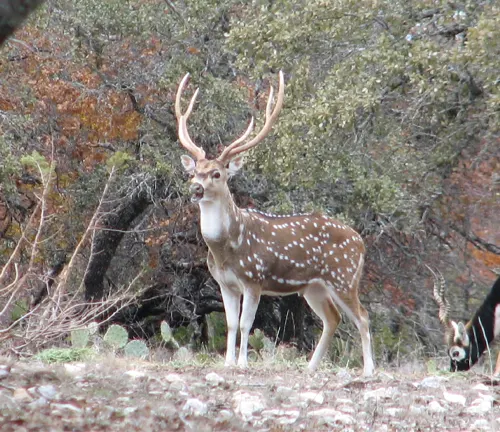
In terms of physical description, Axis Deer showcase a sleek and slender physique, with adults weighing between 150 to 250 pounds. Their compact size and agile build contribute to their adaptability in diverse environments. The antlers of males can reach impressive lengths, often spanning up to three feet, enhancing their majestic presence. The species is known for its keen sense of hearing and excellent vision, attributes that contribute to its survival in the wild.
The Axis Deer has successfully established populations outside its native range, with notable colonies in regions such as Texas, Hawaii, and Australia. Thriving in a variety of habitats, from grasslands to forests, these deer are highly adaptable. The introduction of Axis Deer to new areas has sparked both admiration and concern. While appreciated for their aesthetic value and as a game species, the Axis Deer can become a threat to local ecosystems by outcompeting native species for resources.
In terms of health and safety concerns, the Axis Deer is generally not considered a danger to humans. However, their adaptability and ability to reproduce rapidly can lead to overpopulation in certain areas, posing challenges for local vegetation and ecosystems. Efforts are often made to manage and control Axis Deer populations to mitigate the potential negative impacts on biodiversity and agriculture.
| Aspect | Details |
|---|---|
| Scientific Name | Axis axis |
| Size | Medium-sized, adults weigh 150 to 250 pounds |
| Coat Color | Reddish-brown with fading white spots |
| Antlers (Males) | Long, gently curved, up to three feet in length |
| Antlers (Females) | Typically lack antlers |
| Physical Build | Sleek and slender |
| Habitat | Adaptability to various environments, including grasslands and forests |
| Native Range | Indian subcontinent |
| Introduced Range | Thriving in regions like Texas, Hawaii, and Australia |
| Behavior | Agile, with keen sense of hearing and excellent vision |
| Populations | Can become overpopulated in introduced areas, requiring management |
| Human Safety | Generally not considered a danger to humans, but management may be necessary for ecological balance |
The Majesty of Axis Deer
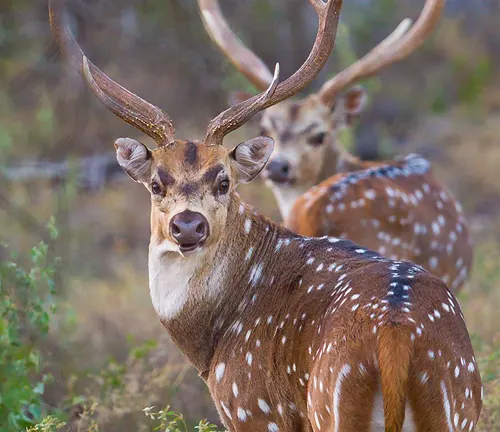
General Biology
The Axis Deer, scientifically known as Axis axis, captivates enthusiasts with its unique biological features. Exhibiting a medium-sized build, these deer boast a reddish-brown coat adorned with fading white spots, creating a visually stunning display. Notably, males showcase long, gently curved antlers, a distinctive characteristic that adds to their majestic allure. With an adaptive physique and a keen sense of hearing and vision, the Axis Deer thrives in various environments, making it a fascinating subject of study for biologists and wildlife enthusiasts alike.
Reproduction
Delving into the reproductive realm of Axis Deer unveils an intriguing facet of their life cycle. Females, typically devoid of antlers, play a pivotal role in the breeding process. Mating rituals and courtship behaviors are vital components of their reproductive strategy, leading to the birth of fawns in specific seasons. Understanding the nuances of Axis Deer reproduction sheds light on the species’ ability to adapt and sustain populations in diverse ecosystems.

Behavior
The behavior of Axis Deer adds another layer to their mystique. Renowned for their agility, these deer navigate their habitats with grace, showcasing a blend of instinctual responses and learned behaviors. Social structures, communication methods, and daily routines contribute to the intricate tapestry of Axis Deer behavior. Observing these nuances provides valuable insights into their adaptation strategies and survival mechanisms.
Nesting/Denning Cover
Exploring the nesting and denning habits of Axis Deer uncovers the measures they take to ensure the safety and well-being of their offspring. The selection of cover for nesting and denning reflects the species’ instinctive drive to protect vulnerable fawns from potential predators. Understanding these behaviors contributes to conservation efforts and habitat management to support Axis Deer populations.
Habitat
Axis Deer’s adaptability to a variety of environments makes their habitat preferences a noteworthy topic. From the grasslands to the forests, these deer have successfully established themselves in diverse ecosystems. Examining the intricacies of their chosen habitats sheds light on the factors influencing their distribution and offers valuable information for conservation initiatives.
Food Habits
The dietary preferences of Axis Deer play a crucial role in shaping their ecological impact. Exploring their food habits reveals a varied palate, with preferences for grasses, shrubs, and other vegetation. Understanding the foraging patterns and dietary requirements of Axis Deer aids in comprehending their role in local ecosystems and managing their populations effectively.
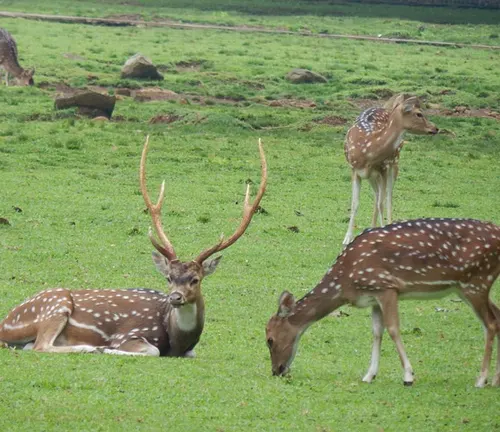
Voice, Sounds, Tracks, and Signs
The auditory and visual cues of Axis Deer form a fascinating aspect of their communication repertoire. From distinctive vocalizations to tracks and signs left in their wake, each element tells a story about their presence and activities in the wild. Deciphering these cues provides researchers and wildlife enthusiasts with a unique window into the world of Axis Deer, enhancing our appreciation for their role in the natural order.
Understanding the Damage Caused by Axis Deer
Damage Identification
The Axis Deer, while enchanting in its natural habitat, can pose challenges when its populations surge beyond manageable levels. Identifying the signs of Axis Deer damage is a crucial first step in mitigating potential issues. From trampled vegetation to distinctive tracks and signs of foraging, recognizing these indicators helps landowners, conservationists, and wildlife managers assess the extent of the impact and devise effective strategies for intervention.
Damage to Landscapes
The picturesque landscapes that house Axis Deer populations can fall victim to their voracious appetites and unique foraging behaviors. Delicate ecosystems may experience disruptions as these deer graze on a variety of vegetation, impacting the composition and structure of plant communities. Examining how Axis Deer alter landscapes sheds light on the intricate balance between their presence and the preservation of natural beauty.
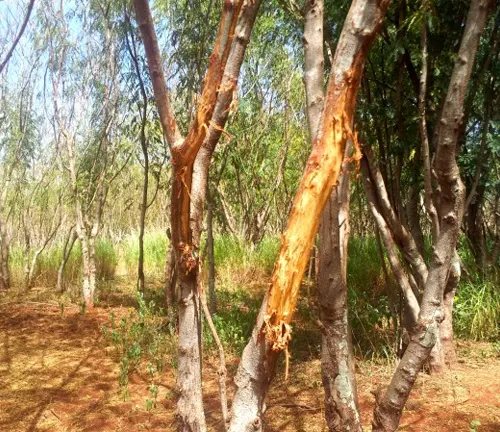
Damage to Crops and Livestock:
Axis Deer extend their reach into agricultural regions, concerns about damage to crops and potential interactions with livestock come to the forefront. The species’ adaptability to diverse environments means they may encroach upon cultivated areas, leading to crop depredation. Understanding the dynamics of Axis Deer interactions with crops and livestock is essential for farmers and ranchers seeking sustainable coexistence and effective management practices.
Damage to Structures
The influence of Axis Deer isn’t confined to natural landscapes and agricultural fields; their impact can extend to man-made structures. Fences, gardens, and other infrastructures may bear the brunt of their activities. Evaluating the damage to structures caused by Axis Deer provides insights into the challenges faced by property owners and the need for strategic measures to prevent conflicts. Balancing the conservation of Axis Deer with the protection of human-made assets becomes a crucial consideration in regions where these majestic creatures thrive.
Strategies for Preventing and Controlling Axis Deer Damage
Damage Prevention and Control Methods
As Axis Deer populations expand and their interactions with human activities intensify, the need for effective damage prevention and control methods becomes paramount. This article explores a range of strategies aimed at maintaining a delicate equilibrium between conservation efforts and mitigating the potential impact of Axis Deer on landscapes, agriculture, and structures.
Habitat Modification
One of the first lines of defense against Axis Deer damage involves thoughtful habitat modification. Understanding their preferred environments allows for strategic adjustments that discourage excessive deer presence. By managing vegetation, altering landscapes, and manipulating habitat elements, conservationists and landowners can create conditions that are less enticing for Axis Deer, fostering a more balanced coexistence.
Exclusion
Exclusion methods form a crucial component of damage prevention strategies. Erecting physical barriers such as fences helps protect crops, gardens, and sensitive areas from Axis Deer intrusion. This article explores the nuances of designing and implementing exclusionary measures, considering the specific needs of the environment and the behavior patterns of Axis Deer.
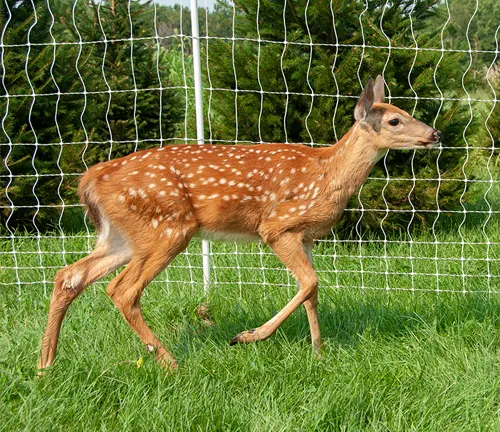
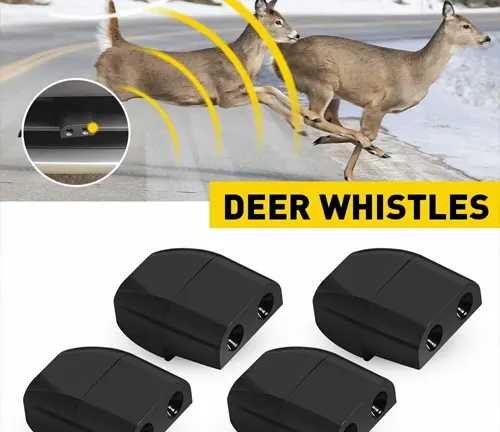
Frightening Devices
In the realm of non-lethal control, frightening devices emerge as a humane approach to deterring Axis Deer. The article delves into the various devices and technologies designed to startle and discourage these creatures, preventing damage without resorting to more drastic measures. From motion-activated deterrents to auditory devices, understanding the efficacy of frightening methods is key to their successful implementation.
Repellents
Repellents offer an additional layer of defense against Axis Deer damage, relying on sensory aversion to discourage their presence. This section explores the different types of repellents, including scent-based and taste-based options, and how they can be strategically applied to protect specific areas from foraging and browsing activities.
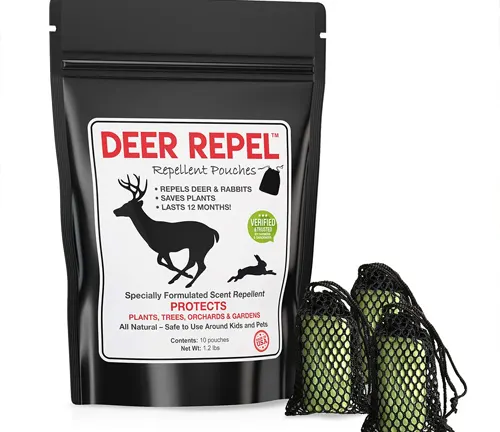
Toxicants
While controversial, the use of toxicants is a method employed in certain situations to manage Axis Deer populations. This article provides insights into the considerations and ethical implications surrounding the use of toxicants, emphasizing the importance of responsible and regulated application to minimize collateral impact on ecosystems.
Shooting
In some scenarios, controlled and ethical shooting is employed as a method of population control for Axis Deer. This section discusses the considerations involved in using lethal methods, including the importance of marksmanship, adherence to regulations, and the potential benefits for maintaining a balanced deer population.
Trapping
Trapping stands as a targeted and selective approach to Axis Deer management. This article explores the various trapping methods, from live traps to more specialized techniques, highlighting their role in mitigating damage while allowing for the relocation or culling of specific individuals when necessary.
Different Species
Axis axis ceylonensis
(Ceylon Axis Deer)
This subspecies is native to Sri Lanka and is known for its relatively smaller size compared to other Axis Deer.
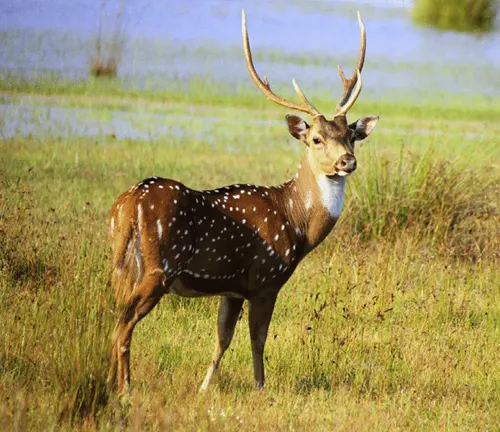
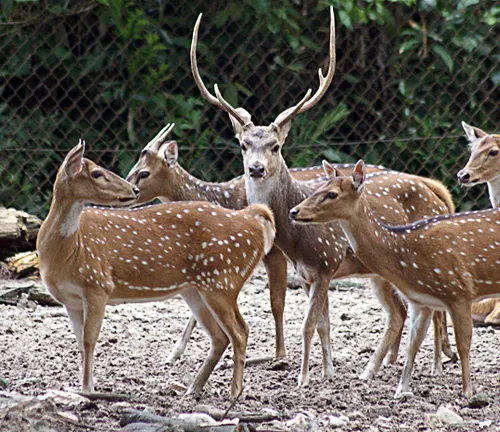
Axis axis axis
(Indian Axis Deer):
The Indian Axis Deer is the most widespread and well-known subspecies. It is native to the Indian subcontinent and has been introduced to various regions worldwide.
Axis axis kuhlii
(Philippine Spotted Deer)
Found in the Philippines, this subspecies is recognized for its presence in dense forests and has distinct characteristics setting it apart from other Axis Deer.
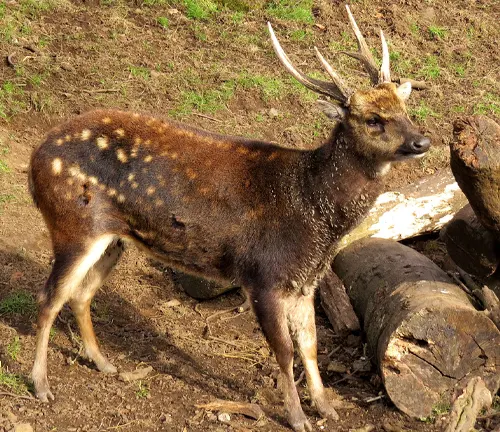
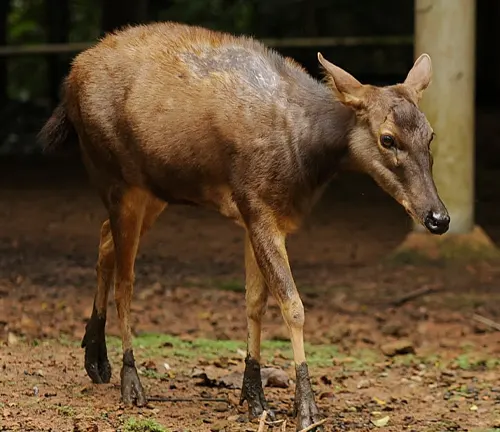
Axis axis calamianensis
(Calamian Deer)
Endemic to the Calamian Islands in the Philippines, this subspecies is known for its restricted geographic range and unique features.
Frequently Asked Questions (FAQs)
- What is an Axis Deer?
Axis Deer, scientifically known as Axis axis, is a species of deer native to the Indian subcontinent but has been introduced to various regions around the world. They are also known as Chital or Spotted Deer. - Where are Axis Deer found in the wild?
Axis Deer are native to the Indian subcontinent, but they have been introduced to locations such as the United States, Australia, and parts of Europe. - What is the size and appearance of Axis Deer?
Axis Deer are medium-sized, with males weighing between 150 to 250 pounds. They have a reddish-brown coat adorned with white spots that fade as they mature. Males typically have long, curved antlers. - Do female Axis Deer have antlers?
No, female Axis Deer typically do not have antlers. Antlers are a characteristic feature of males, and they use them during the breeding season. - What is the reproductive behavior of Axis Deer?
Axis Deer engage in mating rituals and courtship behaviors. Female Axis Deer give birth to fawns in specific seasons, and the reproduction cycle plays a crucial role in their population dynamics. - How do Axis Deer impact the environment?
Axis Deer can impact ecosystems by grazing on vegetation, potentially leading to changes in plant communities. In introduced areas, they may compete with native species for resources. - Are Axis Deer a threat to agriculture?
Yes, in some regions, Axis Deer can be a threat to agriculture as they may forage on crops. Farmers may employ various strategies to protect their crops from deer damage. - What are the conservation concerns related to Axis Deer?
While Axis Deer are not considered endangered, in some locations, their introduction has led to concerns about their impact on local ecosystems and the potential displacement of native species. - How can Axis Deer damage be prevented and controlled?
Damage prevention and control methods include habitat modification, exclusion with fences, frightening devices, repellents, the use of toxicants (in certain situations), controlled shooting, and trapping. - Are Axis Deer dangerous to humans?
Generally, Axis Deer are not considered dangerous to humans. However, conflicts can arise in certain situations, and managing their populations is essential for maintaining a balance in ecosystems and preventing damage.


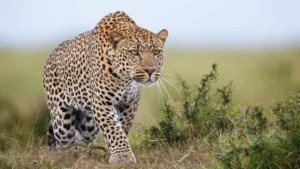




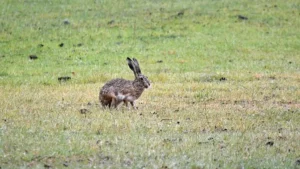

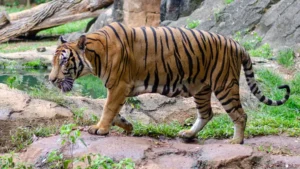




Leave your comment